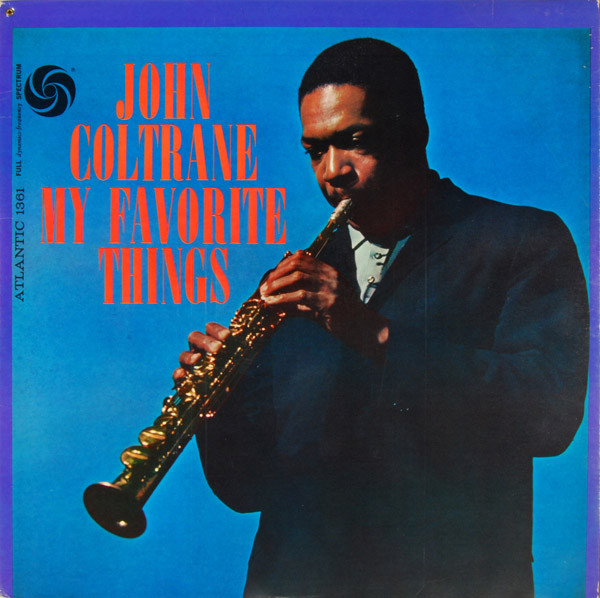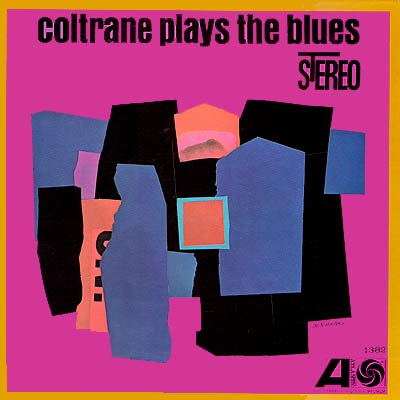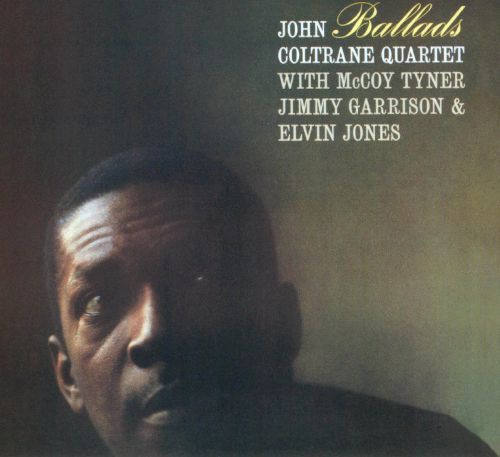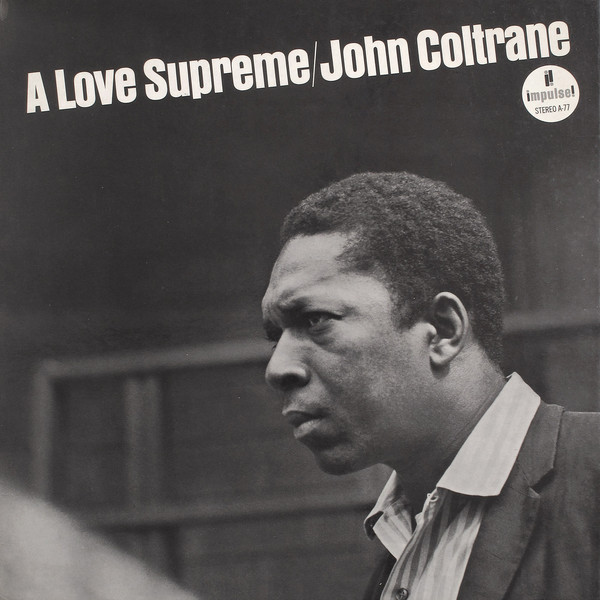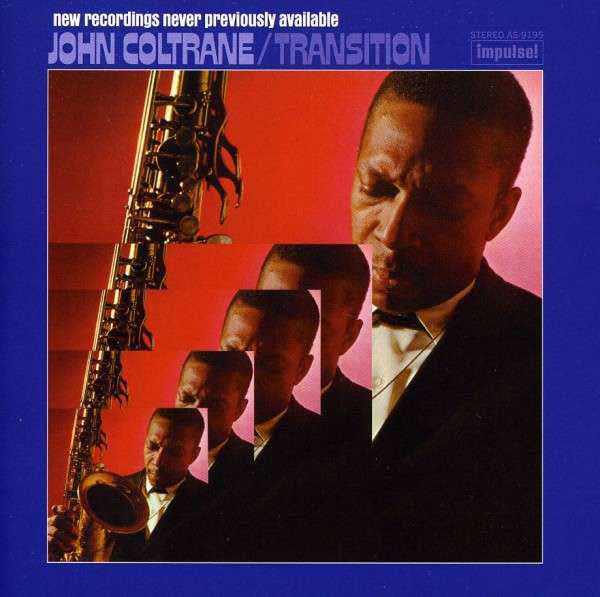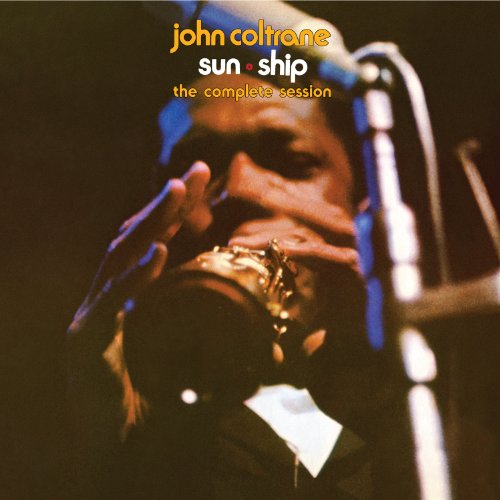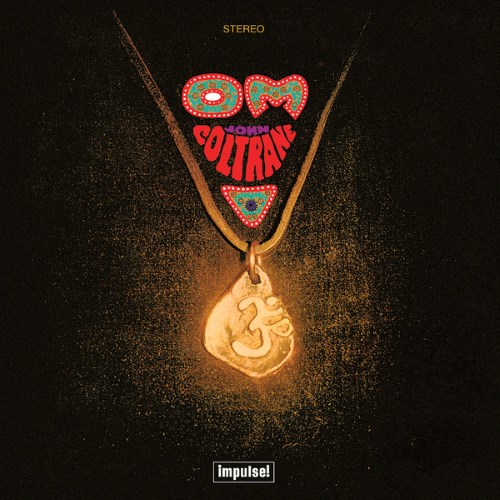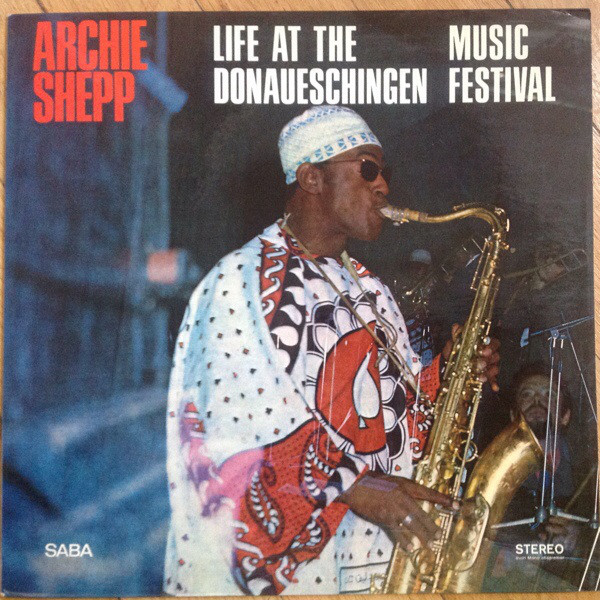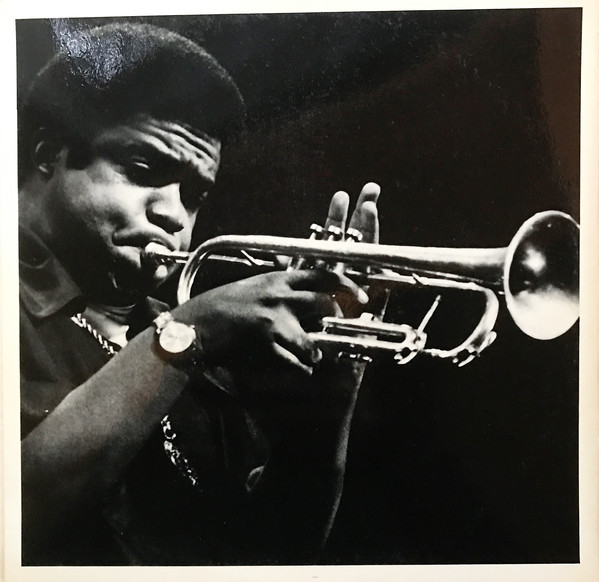A Vanguard at the Vanguard

A Vanguard at the Vanguard, or Adventures with Admiral Analog's Audio Assortment,
Part 5 of 8
In this post we take a look at another great album found on a serendipitous trip to Admiral Analog's record store in Shepherdstown, West Virginia.
Elvin Jones Live at the Village Vanguard, Enja Records, recorded 1968, released 1974
The Artist
Elvin Jones was still fresh off the devastating loss of his friend John Coltrane (1926-67) in 1968 when Live at the Village Vanguard was recorded. In fact, many of the posthumous Coltrane albums that were released from 1968 onward—including Transition, Sun Ship, and Om—featured Jones on the drums, with McCoy Tyner on piano and Jimmy Garrison on bass. From 1960-66 Jones was the regular drummer for Coltrane's now-legendary quartet that produced such efforts as My Favorite Things (1961), Coltrane Plays the Blues (1962), Ballads (1963), and A Love Supreme (1965) among many, many other studio albums.
Jones did not part ways with Coltrane for any personal reasons, but rather just felt that the saxophonist's new direction did not match his own style at the end of the '60s. The drummer would go on to lead many of his own groups over the next four decades, and even kept his friendship with John Coltrane alive by collaborating with his son Ravi in the 1990s.
Jones died in 2004, leaving behind a lasting legacy that influenced generations of drummers, from Cream's Ginger Baker to Sleater-Kinney's Janet Weiss.
The Album
The cover photograph for Live at the Village Vanguard was taken by Josef "Sepp" Werkmeister, who provided many images for Enja Records in the 1970s. Enja still produces top-notch jazz albums to this day, which is an incredible feat for a German label that was started by two jazz enthusiast friends with "borrowed money" in 1971. During their early days, Enja consistently hit above their weight class, recording artists such as Gil Evans, Dollar Brand, Pepper Adams, the Cecil Taylor Unit, Bill Evans, and the underrated Terumasa Hino.
By the time Enja was formed, Werkmeister was already well known as a jazz photographer, having provided photographs for albums by Don Cherry, Archie Shepp, and Freddie Hubbard as well as fellow Europeans George Gruntz and Gunter Hampel, among many others. All of those recordings were released by SABA/MPS Records, a groundbreaking German jazz label. Perhaps in part because of his work with SABA/MPS, Werkmeister became somewhat of the go-to-photographer for German jazz labels, creating several works for Enja Records, Intercord, and EGO Records.
For Live at the Village Vanguard, Werkmeister presents us with a closely cropped portrait of Elvin Jones, presumably mid-performance, pouring sweat and exuding so much emotion one can almost hear him moaning. The image seems both intimate and detached, as we feel close to the performer but are missing any context of the rest of the moment. Perhaps what makes Werkmeister's photographs so compelling is his approach to recording a moment. Werkmeister has recently had more critical attention paid to his street photography (see link below), which demonstrates his keen ability to know when to snap the camera amidst the constantly changing, unpredictable, theater of real life.
He would use a similar format for the photo on the back cover, another closely cropped shot of George Coleman, who plays on the date and many other albums with Jones. Coleman, now an NEA Jazz Master, is still playing today at age 83. Josef "Sepp" Werkmeister is 87.
More resources:
New York 60s: Sepp Werkmeister is a fantastic book of the artist's street photography.
Enja Records is still producing impressive new jazz such as Ron Miles' I Am A Man. You can find out more about the label here.
A unique organization, The Percussive Arts Society, has written a nice article detailing Elvin Jones' life and career, and Rolling Stone Magazine listed Jones in their 100 Greatest Drummers of All Time.

